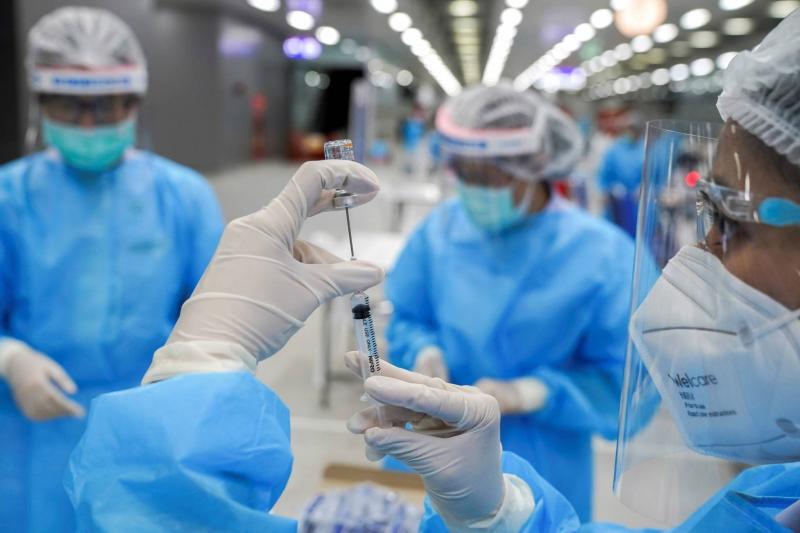U.S. health officials reported today, Thursday, that American progress in early autism diagnosis in children, which is crucial for enabling them to reach their full potential, has largely diminished due to disruptions in assessments during the early months of the COVID-19 pandemic. Dr. Karen Remley, director of the National Center on Birth Defects and Developmental Disabilities at the Centers for Disease Control and Prevention (CDC), stated that these disruptions in connecting children to the services they need "may have long-term effects." Two reports on the subject were published in the CDC's Morbidity and Mortality Weekly Report, based on a review of clinical and educational data across 11 racially and demographically diverse areas in the United States.
The report that focused on early medical intervention compared diagnosis rates in four-year-old children in 2020 with those received by eight-year-olds four years prior. During the first three months of 2020, four-year-old children underwent numerous evaluations and received extensive autism-related services. Kelly Shaw, a CDC employee, stated in an interview that when the pandemic broke out in March 2020, "there was a shocking drop in autism diagnostic services." Shaw is one of the study's authors.
Shaw added, "It seems that the improvement in early diagnosis… was somewhat undone by the pandemic." She expressed hope that the report would make local communities aware of the losses and work to identify these children and provide them with services. In the second report that focuses on the prevalence of autism among eight-year-old children, researchers discovered that, for the first time, the number of Asian, Black, and Hispanic children diagnosed with autism exceeded the number of White children diagnosed.
Overall, the prevalence of autism among eight-year-old American children increased to one in every 36 children or 2.8% in 2020, compared to one in every 44 children or 2.3% in 2018. The study's authors indicated that these increases largely reflect improvements in identifying autism in children. Matthew Maenner of the CDC, who participated in the study, noted that the results reflect efforts to close gaps in diagnosing autism among children across racial and ethnic barriers.
Maenner added, "Historically, autism diagnosis rates among White children have been higher than among Black or Hispanic children." He further noted a sharp difference between children living in high-income areas compared to low-income areas, as a greater number of autism diagnoses were reported in wealthier regions.




